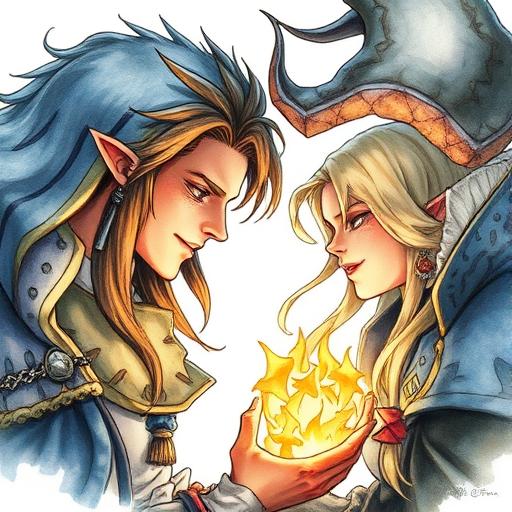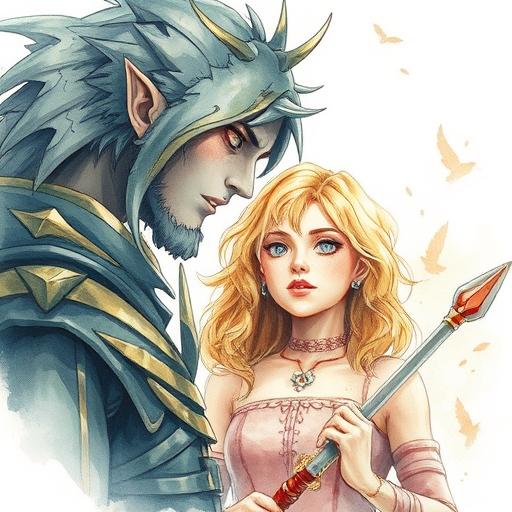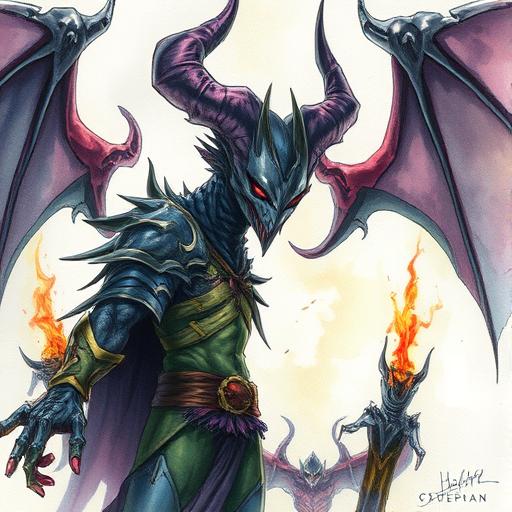How to Make a Character Respawn: Reviving Fallen Heroes in Fantasy Fiction
Learn the art of resurrecting beloved characters in a way that feels authentic and engaging, and discover how to make the most of this plot twist in your fantasy worldbuilding. This article provides tips and techniques for writers to successfully bring back fallen heroes and revitalize their story.

Introduction to Character Respawn
When a beloved character meets their demise, it can be a devastating blow to readers. However, in the world of fantasy, death is not always permanent. The concept of character respawn, where a character is brought back to life, can be a powerful tool in storytelling. It allows authors to explore new themes, deepen character development, and create unexpected plot twists.
Understanding the Risks and Rewards
Before bringing a character back to life, it's essential to consider the risks and rewards. Some key points to ponder:
- The impact on the story's emotional resonance: will the character's return diminish the emotional weight of their initial death?
- The effects on character development: will the character's experience in the afterlife or their return to the world of the living change them in meaningful ways?
- The consequences for the plot: will the character's revival create new conflicts or opportunities for growth?
Crafting a Believable Resurrection
To make a character respawn believable, you need to establish a clear set of rules for your world's magic or technology. This can include:
- A deep understanding of the world's mythology and lore
- A consistent application of magical or technological principles
- A well-thought-out explanation for the character's return, whether it's through writing believable morally ambiguous characters or a clever plot device.
The Power of Consequences
When a character is brought back to life, there should be consequences. This can include:
| Consequence | Description |
|---|---|
| Physical scars | The character may retain physical scars or disabilities from their time in the afterlife |
| Emotional trauma | The character may struggle with PTSD, guilt, or survivor's remorse |
| Changed relationships | The character's relationships with others may be altered by their experience |
Creating Tension and Suspense
A character's return from the dead can also create opportunities for tension and suspense. Consider the following techniques:
- The character's memories may be hazy or incomplete, leading to confusion and mystery
- The character may be hunted by enemies who seek to finish the job
- The character may struggle to readjust to life, leading to conflicts with allies and loved ones
The Villain's Role in Resurrection
Sometimes, a character's return can be facilitated or complicated by a villain. Creating memorable villains is crucial in these situations, as they can provide a compelling reason for the character's resurrection. Perhaps the villain needs the character for their own purposes, or maybe they seek to use the character's return as a means to manipulate others.
Worldbuilding Considerations
When a character respawns, it can have significant implications for your worldbuilding. Consider how the character's return affects the world at large, and how it might inform your planet's writing and the different stories that unfold. You may need to revise your world's history, mythology, or cultural practices to accommodate the character's resurrection.
Conclusion
In conclusion, making a character respawn is a complex but potentially rewarding plot twist. By understanding the risks and rewards, crafting a believable resurrection, and considering the consequences, you can create a compelling narrative that engages and resonates with your readers. Remember to create tension and suspense, and don't be afraid to involve villains and worldbuilding considerations to add depth and complexity to your story. With careful planning and execution, a character's return from the dead can be a powerful tool in your storytelling arsenal.
Comments
Comments are hidden to save bandwidth. Load them when you want to read or leave one.






